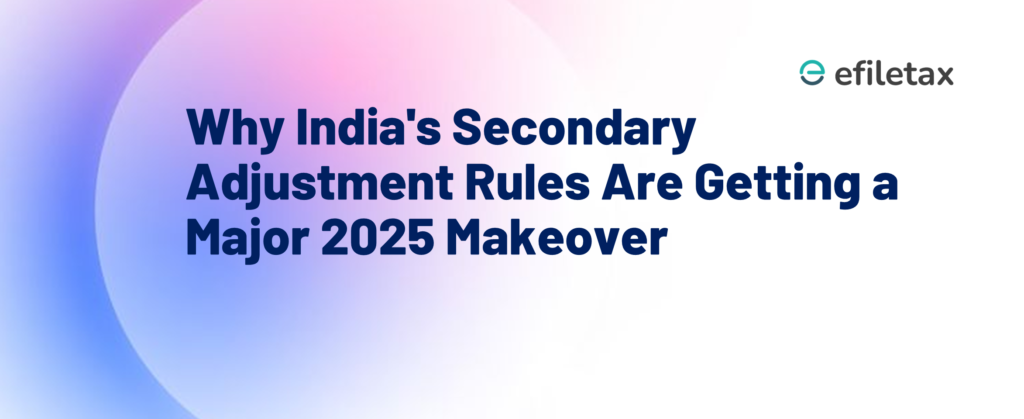
Introduction
Harmonizing India’s secondary adjustment regime is crucial for ensuring fair international transactions. Clause 170 of the Income Tax Bill, 2025, proposes a significant shift from the existing Section 92CE of the Income-tax Act, 1961. Let’s break it down simply for Indian taxpayers and professionals.
Clause 170 vs Section 92CE: Key Differences
| Point | Section 92CE (Existing) | Clause 170 (Proposed) |
|---|---|---|
| Applicability | Applies to primary adjustments exceeding ₹1 crore | Threshold to be prescribed (flexibility introduced) |
| Time for Repatriation | 90 days from the due date of filing return | Period to be prescribed by rules |
| Consequence of Non-Repatriation | Deemed advance; interest prescribed under rules | Same principle, but procedural clarity being improved |
| Mode of Settlement | Only monetary repatriation | Option for “one-time payment” to close deemed advance situation |
| Legislative Style | Direct statutory prescription | Delegated more to Rules for dynamic administration |
Why is this Change Important?
- Flexibility: Government can adapt rules faster to changing global standards.
- Ease of Doing Business: Multinationals get clearer closure mechanisms.
- Reducing Litigation: One-time settlement options can avoid prolonged disputes.
Practical Implications for Taxpayers
- Wider Scope: Watch out for new thresholds once rules are notified.
✅ Stay updated: Timely compliance will be crucial to avoid unwanted notional income adjustments.
Harmonizing India’s secondary adjustment regime through Clause 170 of the Income Tax Bill, 2025 simplifies compliance, offers one-time settlement options, and brings flexibility compared to Section 92CE.